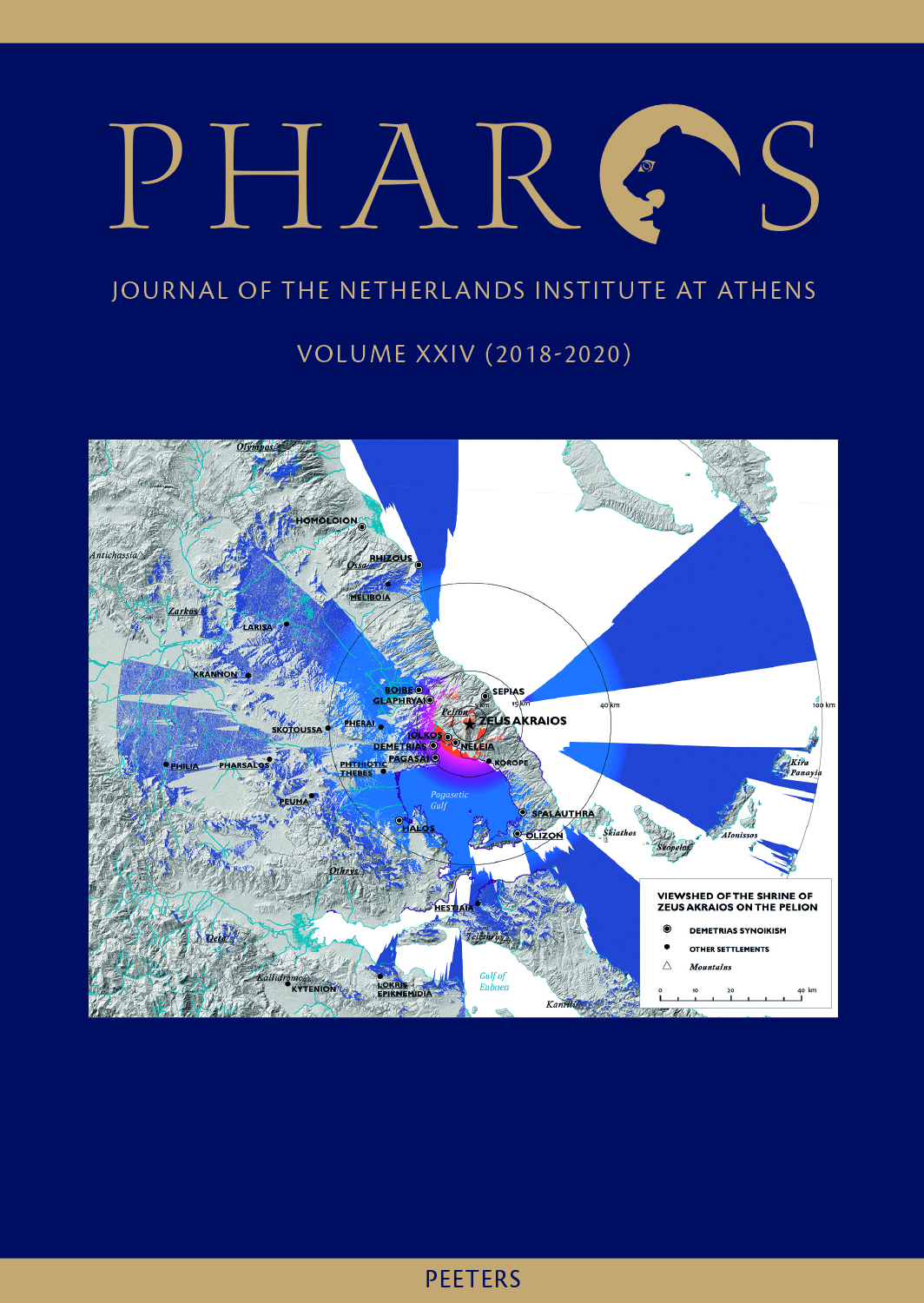 previous article in this issue previous article in this issue | next article in this issue  |

Preview first page |
Document Details : Title: New Tourism Geographies in Athens Subtitle: Heritage Routes, Changing Neighbourhoods and the Need for New Narratives Author(s): KARACHALIS, Nicholas Journal: Pharos Volume: 21 Issue: 1 Date: 2015 Pages: 57-71 DOI: 10.2143/PHA.21.1.3146863 Abstract : Athens, a historic city and a modern metropolis at the same time, is a destination for thousands of tourists. To a large extent, the current image and tourist appeal of Athens depend on its heritage; a large part of the city centre could be seen as the historic city and as the part of Athens which visitors are most familiar with. Plaka, Monastiraki, Psiri, Kerameikos, and the area surrounding the (new) Acropolis Museum form the core of today’s historical tourist quarter of Athens. The daily tourist flows have created a new reality, especially after the 2004 Olympics. How does this affect the operation of the modern city? Is there an issue of tourismification? The purpose of this paper is to present the effects of the new developments, as well as the potentials of the future plans regarding the centre of Athens and its heritage assets – in a time of financial crisis – and to critically discuss the ways it has changed the tourism narratives of the city. The Unification of the Archaeological Sites project has been a key development through the creation of pedestrian pathways and open green spaces, while its continuation towards the Academy of Plato is expected to create new routes in the city. Furthermore, the new cultural infrastructure (Acropolis Museum) and the pedestrianisation of Panepistimiou Street through the Rethink Athens project have triggered a conversation amongst urban planners and politicians regarding the relationship between tourism, culture and the city, which is highlighted in this paper. |
 |


